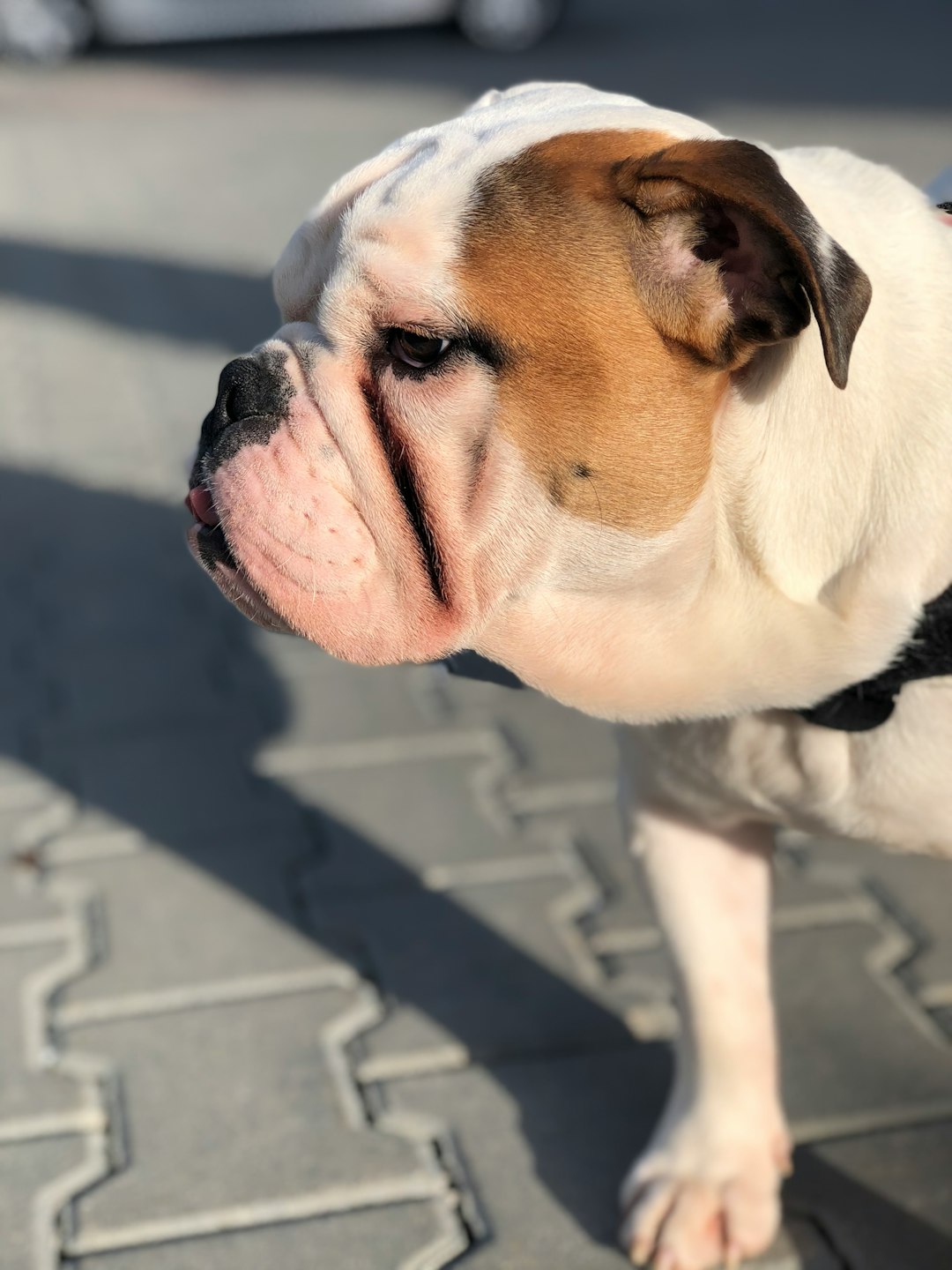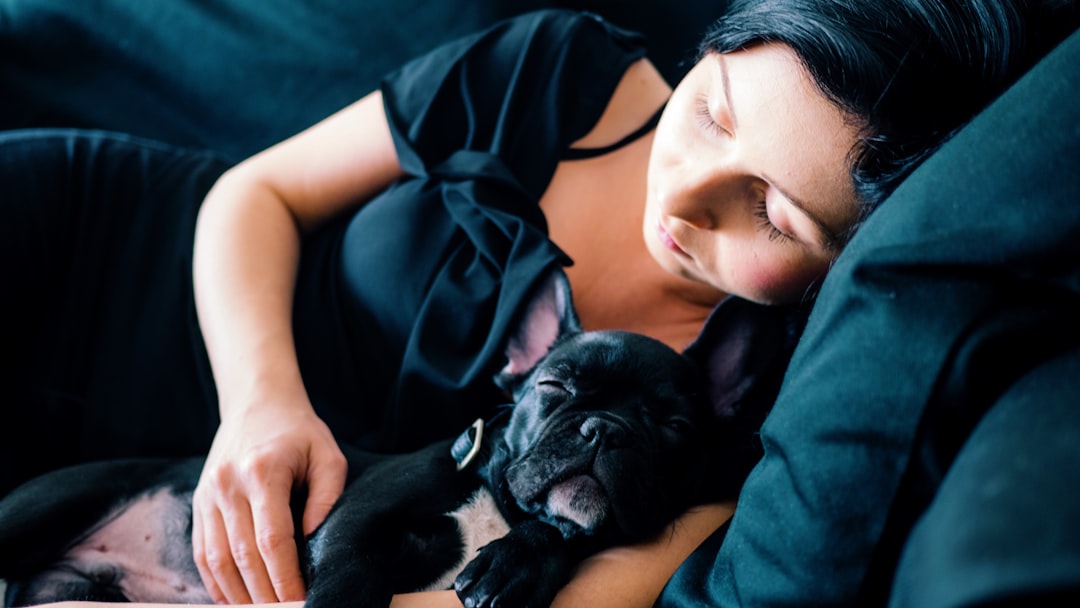If your dog seems to be giving you the side-eye for no apparent reason, it might not just be a quirky canine phase. Enter “Entropion in Dogs,” a condition where the eyelids curl inward, leading to some unfortunate irritation and trouble for our furry friends. But don’t fret! By learning the symptoms, causes, and treatment options, you can be one step ahead in keeping those peepers healthy. So, let’s dive into the canine world of luxurious lashes and potential eye troubles!
Understanding Entropion in Dogs
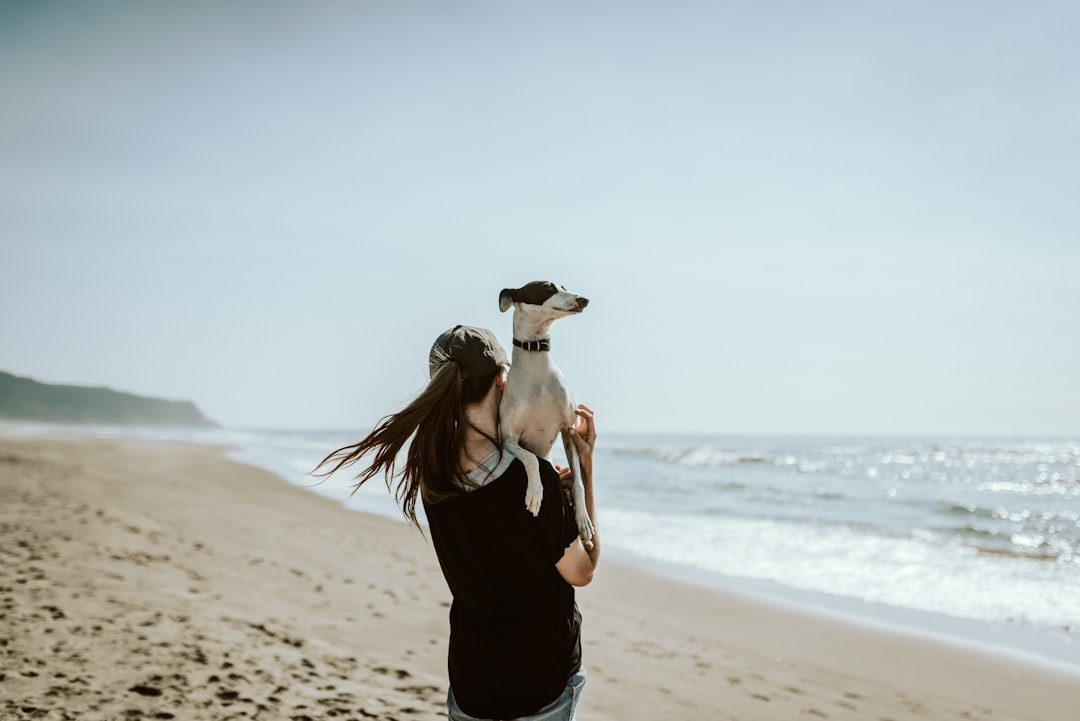
Entropion in dogs is a condition where a portion of the eyelid folds inward, causing the lashes to rub against the cornea. This discomfort can lead to a series of problems, ranging from irritation to severe ocular damage. Now, how can you spot this pesky condition? Here’s a quick rundown:
- What causes it? Genetic predisposition, eyelid malformations, or even trauma can contribute.
- Who’s affected? Certain breeds, like Bulldogs and Shar Peis, seem to love this eye-rolling dilemma.
- Tell-tale signs: Dogs might squint, tear excessively, or exhibit signs of pain or discomfort.
Understanding these basics about Entropion in Dogs can help you act fast. If your furry friend shows any signs of this condition, do not hesitate to consult a veterinarian. After all, those puppy eyes deserve the best care possible!
Common Symptoms of Entropion in Dogs
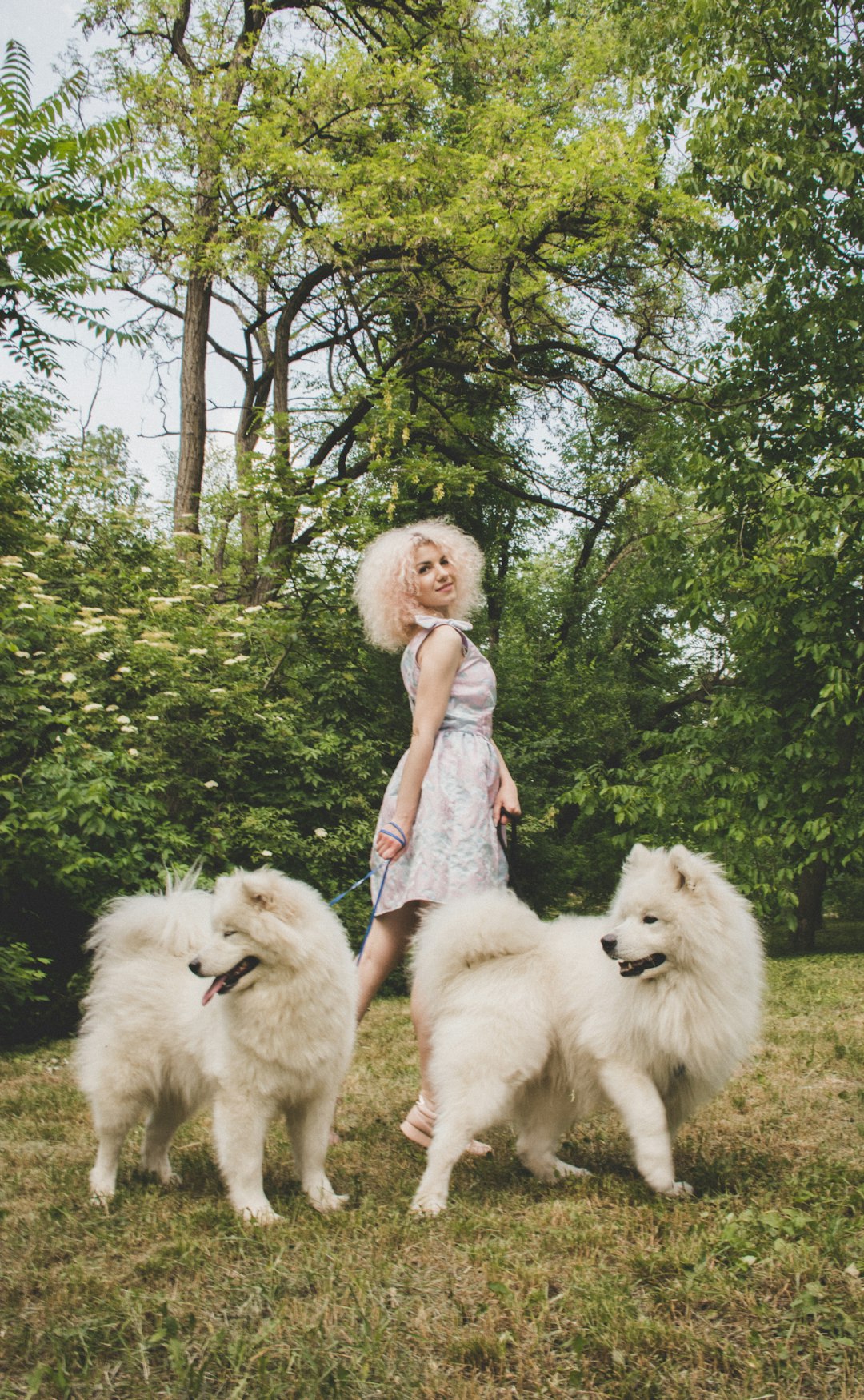
When it comes to Entropion in Dogs, recognizing the symptoms can be your dog’s best line of defense! Here’s what to keep an eye on:
- Redness and Irritation: Notice an unusually pink or inflamed eye area? That’s a classic sign.
- Excessive Tearing: If your pup suddenly transforms into a tear factory, it might mean their eyelid is rolling inward, causing discomfort.
- Squinting or Blinking: Frequent squinting? Your dog may be trying to escape the irritation caused by the eyelashes rubbing against the cornea.
- Discharge: Look out for watery or thick discharge; it’s your dog’s way of saying, “Help, I can’t see clearly!”
- Behavior Changes: If your furry friend seems more irritable or avoids playtime, their eyes may be bothering them.
Quick Checklist of Symptoms:
| Symptom | Explanation |
|---|---|
| Redness and Irritation | Inflamed eye area indicating discomfort. |
| Excessive Tearing | External irritation from eyelid misalignment. |
| Squinting or Blinking | Response to irritation or pain. |
| Discharge | May indicate injury or infection. |
| Behavior Changes | Signs of distress from visual discomfort. |
By staying vigilant for these signs, you can ensure a timely visit to the vet, leading to a happier, healthier dog free from the troubles of Entropion in Dogs!
Causes of Entropion in Dogs
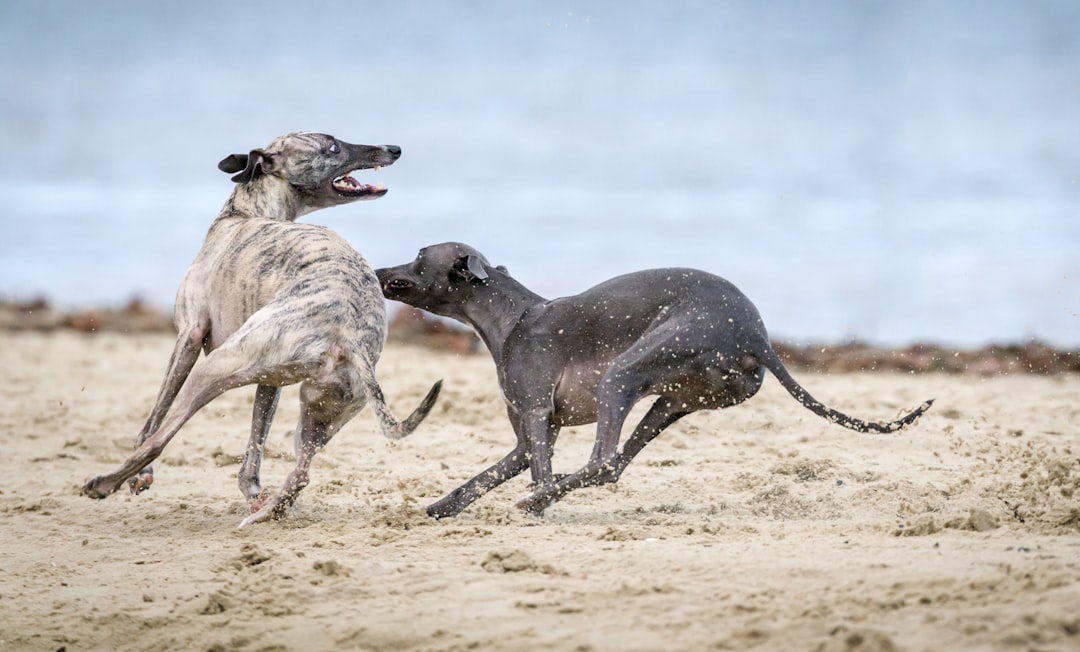
Entropion in dogs doesn’t just appear out of the blue; it has its reasons, and some are more compelling than a good doggie treat! Here’s a rundown of common causes:
- Genetics: Some breeds are just predisposed. Think of it as their genetic party trick! Breeds like Bulldogs, Shar Peis, and Chows are often in the front row.
- Eye Irritation: Chronic discomfort from allergies or foreign objects can cause this eyelid rebellion. If a dog’s eyes feel like they just binge-watched a tearjerker, entropion might follow.
- Injury: Traumatic incidents can alter eyelid structure, leading to entropion in dogs who’ve had a rough day at the dog park.
- Age: Like that favorite sweater, eyelids can lose their elasticity over time. Older dogs can develop loose or sagging eyelids that may turn inward.
So, keep your pup smiling and healthy! Recognizing the causes of entropion in dogs is the first step toward ensuring those precious peepers stay protected. Remember, early detection is key!
Breeds Prone to Entropion in Dogs
When it comes to Entropion in Dogs, not all canines are created equal! Certain breeds are like VIPs on the Entropion guest list, showcasing this eye condition more than others. Here’s a snappy list of some of the usual suspects:
- Bulldogs: Whether English or French, their adorable wrinkled faces can lead to eye issues.
- Shar Peis: Those charming folds can pinch the eyes, creating a recipe for Entropion.
- Cocker Spaniels: With their lovely long ears, they might also inherit some eye troubles.
- Boxers: Their expressive faces may come with a side of eyelid problems.
- Chow Chows: The fluffiest breed around also has a tendency towards Entropion.
Comparison Table: Breeds and Eye Conditions
| Breed | Predisposition to Entropion |
|---|---|
| Bulldogs | High |
| Shar Peis | High |
| Cocker Spaniels | Moderate |
| Boxers | Moderate |
| Chow Chows | High |
Recognizing these prone breeds helps owners stay alert. After all, knowledge is power! Keep those peepers healthy, and don’t hesitate to consult your vet if you suspect Entropion in Dogs.
Diagnosis of Entropion in Dogs
Identifying Entropion in Dogs doesn’t require a crystal ball, but a keen eye and a skilled veterinarian can save the day! Here’s what to expect during the diagnostic process:
- Physical Examination: The vet will closely examine your dog’s eyes and eyelids. Be prepared for a thorough inspection – getting caught staring into those puppy eyes is standard protocol!
- Fluorescein Staining: A green dye test checks for corneal abrasions or ulcers often associated with Entropion in Dogs. The vet applies dye to the eye and uses a special light to see if any areas are affected.
- Medical History Review: History of symptoms, allergies, or previous eye conditions can provide clues for the vet. Be forthcoming – every detail counts!
- Breed Consideration: Some breeds (think bulldogs and pugs) have a higher tendency towards this pesky condition, so every bit of evidence helps.
For an accurate diagnosis, always consult a veterinarian. Remember, the sooner you catch Entropion in Dogs, the better the outcome for your furry friend!
Treatment Options for Entropion in Dogs
When it comes to tackling entropion in dogs, fret not! Various treatment options exist, ranging from conservative approaches to surgical solutions. Let’s break them down:
Conservative Treatments
- Lubricating Eye Drops: These can soothe the irritation caused by the eyelids rubbing against the cornea.
- Antibiotic Ointments: If there’s an infection, your vet might prescribe these to keep the eye healthy.
Surgical Treatments
For more serious cases, surgery often becomes the go-to remedy. Here are two common procedures:
- Epiphora Correction: This involves repositioning the eyelids to prevent irritation.
- Entropion Repair: Surgeons remove a small section of skin to adjust the eyelid’s position permanently.
Aftercare Tips
- Follow-Up Visits: Regular check-ups ensure healing is on track.
- Cone Collars: These handy devices prevent your pup from pawing at their eyes while they recover.
Remember, addressing entropion in dogs promptly not only brings relief but can also save your furry friend from serious complications down the line!
Preventive Measures for Entropion in Dogs
Prevention is the best medicine—especially when it comes to Entropion in Dogs. While some breeds are genetically predisposed, there are steps you can take to minimize risks. Here’s how:
- Regular Vet Visits: Keep your furry friend on a routine health check-up schedule. Early detection of any eye issues can prevent serious complications.
- Proper Grooming: Maintain a clean environment around your dog’s eyes. Regularly trim long hair to prevent it from irritating the eyes, a common issue linked to Entropion in Dogs.
- Avoid Eye Trauma: Keep your pup away from rough play or areas with debris that could scratch or irritate their eyes.
- Healthy Diet: Feed your dog high-quality food rich in omega-3 fatty acids to promote overall skin and eye health.
By taking these proactive steps, you can greatly reduce the likelihood of your dog developing Entropion. Remember, prevention is key to a happy and healthy pup!
Preventive Measures for Entropion in Dogs
Prevention is the name of the game when it comes to safeguarding your pup from Entropion in Dogs. While genetics play a significant role, a proactive approach can make a difference. Here are some tips to help your furry friend dodge this eye condition:
- Regular Vet Check-ups: Make it a routine to visit your veterinarian. Catching early signs can avert severe complications.
- Breeding Awareness: If you’re considering breeding, research potential genetic predispositions to Entropion in Dogs among the breeds.
- Eye Care: Help your pooch maintain healthy eyes by regularly cleaning around them and being watchful for irritants in their environment.
- Moisture Levels: Keeping your dog hydrated supports overall eye health, so ensure they always have access to fresh water.
- Weight Management: Maintaining a healthy weight can decrease the risk of genetic causes linked to Entropion in Dogs.
By following these preventive measures, you can keep your dog’s peepers sparkling and free from trouble! After all, you want those adorable puppy eyes to shine, not squint in discomfort!
Frequently Asked Questions
What exactly is entropion in dogs?
Entropion is a fancy term that refers to a condition where a dog’s eyelid folds inward, causing the fur to rub against the eyeball. Imagine your eyelid getting cozy with your eyeball – it might sound sweet, but trust me, it’s more of a horror story! This irritating situation can lead to a whole host of eye problems, including irritation, infection, and even serious damage if left untreated. So, if you notice your pup squinting or tearing up a storm, it might be time to investigate further!
What are the common symptoms of entropion in dogs?
Spotting entropion in your dog is a bit like playing detective; you’ve got to be on the lookout for some telltale signs! Common symptoms include excessive tearing – think of it as your dog auditioning for a soap opera – squinting (looks like they’re trying to make a very serious point), redness in the eyes, and sensitivity to light. If you notice your furry friend pawing at their eyes or rubbing their face on the ground, it’s not just their dramatic side coming out; they might be uncomfortable due to this eye condition.
What causes entropion in dogs?
Ah, the million-dollar question! Entropion can be caused by various factors, including genetic predisposition, age, or injury to the eye area. Certain breeds, like Bulldogs and Shar Peis, are like VIPs on the guest list for entropion due to their unique facial structure. Additionally, chronic eye irritation can also lead to this condition, as the eyelid muscles may start to spasm. In simpler terms, both genetics and bad luck can join forces to create this issue for your pet!
How is entropion treated in dogs?
Treating entropion in dogs is a bit like giving them a makeover – but it involves surgery rather than a trip to the salon! Surgical correction is the most effective way to fix the inward fold of the eyelid – and yes, your dog will come out looking as fabulous as ever post-op! Prior to any surgical procedures, your vet might also recommend topical ointments for soothing irritation. Post-treatment, it’s important to keep an eye on your furry friend to ensure everything’s healing nicely – and not just because you’re a worried dog parent!


